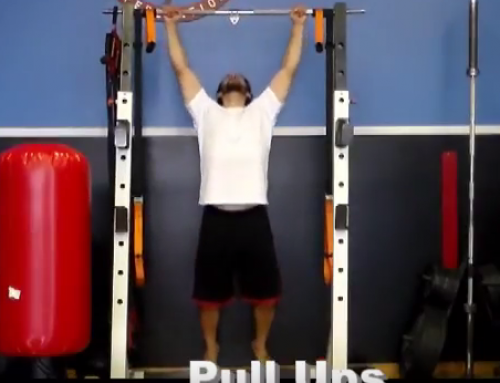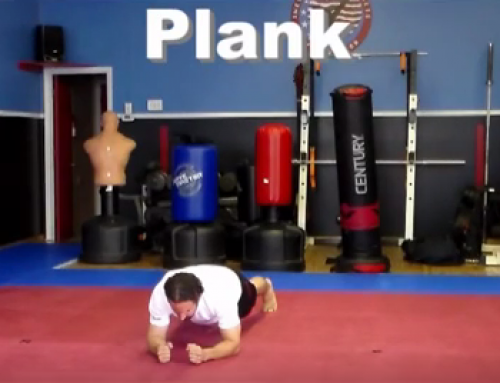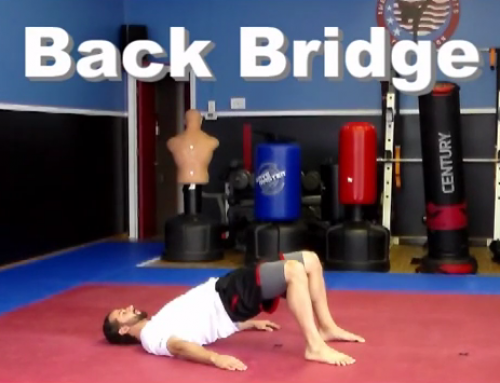The bench press, the back bone to any adult male training program. When presented with the question, “How much you lift, Bruh?” The answer is usually determined by the amount lifted one time on the Barbell Bench Press, and then exaggerated to inflate the ego. However, this isn’t the only use for the bench press or chest press. This exercise is highly important for upper body strength and injury avoidance.
Barbell Bench Press, Chest Press Machines, Dumbbell Chest Press and push ups are all great exercises for the chest, shoulders and triceps. It’s important to do these exercises correctly though in order to see strength gains and avoid injuries. I’m focusing on Barbells and Dumbbells for this newsletter though as it is where I see the most mistakes that could lead to injury.
The Barbell Bench Press is a great way to develop strength and size for the chest and supporting muscles. Here are some key things to focus on to see the greatest strength gains and limit injuries:
- Generally speaking, place your hands just outside your shoulder width to grip the bar. You don’t want your hands too far in and your elbows flaring out. Other grips are useful but have specific purposes, make sure you know the purpose before using it.
- Before lifting the bar off the rack, place your eyes directly under the bar. This will make sure you don’t accidentally hit the rack during the lift by being too close or injure your back or shoulders by being too far from the rack when starting or ending the exercise.
- Bring the Bar down slowly and DO NOT touch the chest. There are a few reasons not to bring the bar all the way down to the chest, but the biggest is that it may lead to shoulder injuries. Keep the bar about 3 inches away from the chest before pressing the bar back up. If need be, roll up a towel and place it on your chest and let the bar touch the towel (or anything of that thickness that won’t fall off your chest).
- The bar, at the lowest point, should be in line with the center of the chest across the nipple line. Your elbows should not be flared out straight from the shoulders, but directly below the hands.
- At the height of the press DO NOT lock out your elbows, in particular when doing heavy weights. Especially if you’re arms tend to hyperextend. We actually use locking of the joints in martial arts because it bypasses muscle strength when transferring power and energy. With resistance training, however, it’s all about fatiguing and overloading the muscles. Locking out the joints during lifts can also lead to joint injuries if done with too much weight or for too long. This isn’t to say you never lock your joints out, just not when there is weight being transferred through the joint.
- Generally speaking, use a spotter, especially when first learning the technique and when doing heavier weights.
The Dumbbell Chest press is a better option for overall strengthening as it forces both arms to work independently as well as creating a freer range of motion with the arms since there is no bar to restrict movement. For the Dumbbells, follow the same rules as the Barbell bench Press but allow the arms to move in and out to stay directly below the hands/wrists. This means the dumbbells will move in towards the center of the chest as they extend.
Overall, the biggest two mistakes I see people make when it comes to Bench Press and Chest press is that they use too much weight or spend way too much time on the barbell and the chest exercises in general. If you don’t offset your strength training program with opposing muscles exercises (such as back and biceps), then you are setting yourself up for a long list of injuries. Be safe, be smart, and work smart, not just hard.







Leave A Comment